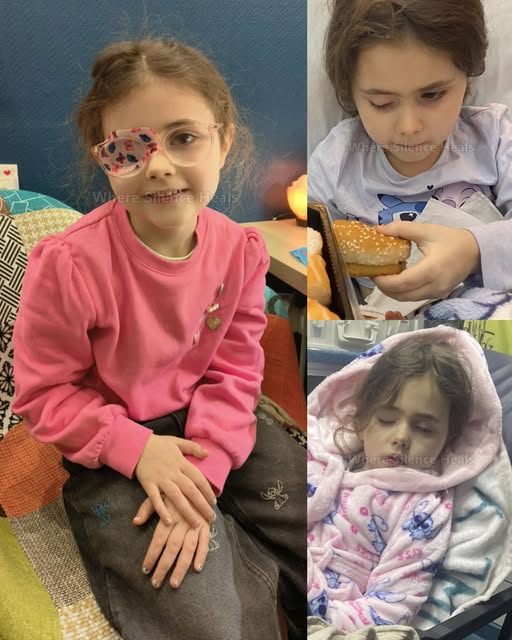R.I.P Young woman d!es at the hands of
Domestic violence, also called intimate partner violence (IPV), is one of the most urgent public health and human rights issues worldwide.
The World Health Organization estimates that one in three women has experienced physical or sexual violence from an intimate partner.
While anyone can be affected, women and girls remain disproportionately impacted.
Domestic violence includes physical harm, emotional abuse, sexual coercion, financial control, and stalking.
Beyond physical injuries, survivors often face long-term trauma, depression, anxiety, and economic hardship.
Children exposed to abuse are also at risk of lifelong emotional and behavioral struggles.
Warning signs can include frequent unexplained injuries, isolation from loved ones, sudden behavioral changes, and visible fearfulness.
Recognizing these indicators with compassion—not judgment—can save lives.
Globally, laws and support systems exist, such as the U.S.
Violence Against Women Act and the Istanbul Convention in Europe.
However, gaps remain, especially in marginalized communities.
Communities can help by raising awareness, training professionals, offering safe spaces, and encouraging bystander intervention.
Digital advocacy should focus on verified resources, not sensationalism.






